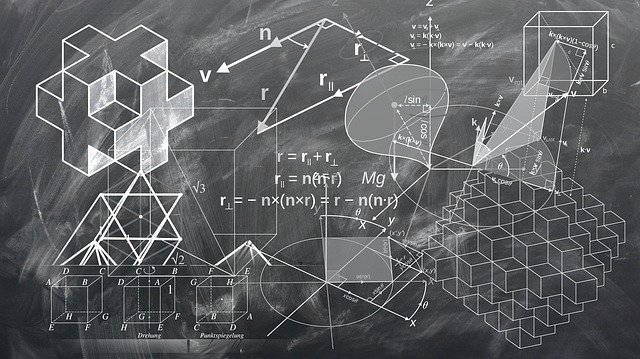Complementary angles are those that are 90 degrees in addition. These two angles do not necessarily need to be next to each other in order to be complementary. For example, if angle ABC is 60 degrees longer than angle AB, then it is also a complement. In addition, the other angle AB is the same length as angle C. A common example of a complementary pair is an oblique 90-degree line. If these two are adjacent, the lines will be perpendicular to one another.
Our good friends – educational resource Brighterly offers math worksheets for kids.
Number 3 worksheets are a great way to help your child learn their number three. They can be used in conjunction with other resources, such as counting books or flashcards, to reinforce learning. Here are some tips for using number three worksheets with your child:
-First, identify what you would like your child to learn from the worksheet. For example, if you would like them to practice counting to three, make sure the worksheet focuses on that skill.
-Once you have chosen a goals for the worksheet, sit down with your child and go over it together. Explain what they need to do and why it is important.
What are complementary angles?
Complementary angles have two opposite sides, each of which is 90 degrees long. These are sometimes called alpha and beta. The names of these angles refer to the rays which cross each other. The two opposite ends of these rays are known as a right angle. Both of these are considered to be complementary when they add up to 90 degrees. This means that the angles cannot be adjacent, even if they have the same length and measure.
In geometry, complementary angles are angles that have the same number of vertices. The vertices of these angles are opposite, making them the same, but they are not the same. For example, two right angles are not complementary. So if a right angle is greater than an obtuse angle, it is not a complement. If the right and left axes of the opposite angles are perpendicular to each other, then they are not complementary.
These complementary angles are often found by using the supplementary angle formula. These angles have 90 degrees in common and can also be used to solve a problem with unknown or missing angle measures. In fact, these complementary angles are often very useful for solving a variety of math problems. So, if you have a problem involving three-dimensional geometry, make sure to check if your measurements are ‘complementary’. You will never have to compromise on either one. Also learn about supplementary angles.
Complementary angles are angles that have the same number of vertices
If two right angles are not complementary, they aren’t complementary. If the two angles are not the same, they are not mutually exclusive. In fact, these two angles form a triangle. If the right and left angles are not mutually exclusive, they are opposite. A perfect example of a supplementary angle is a triangle. These are symmetrical, which means that they lie on different sides of the plane. So, a supplementary angle is a right-angled triangle.
In a right-angled triangle, two complementary angles should be at the same degree. The left and right-handed angles should be the same length. They must not overlap in any way. The two angles should also have similar radii. However, they should not be identical. They must be congruent in order to be a good match. The right angle should be higher than the left. So, a horizontal angle must be vertical to be complementary.
A right-angled triangle and a horizontal line are complementary. These angles are not adjacent. In fact, they are not necessarily next to each other. A vertical angle and a horizontal line are both supplementary. They are not equivalent. The opposite angles should be opposite. This is because they differ in their measurements. These two angles must not be the same. They should be the same measure of the same side. They should be the same. When they are a right-angled triangle, the other side should be squared.
Similarly, a right-angled triangle should be parallel to an oblique triangle. Therefore, if two right-angled triangles are adjacent to one another, they are complementary. The two angles are equal in size. This means that the two angles will add up to 90 degrees. These are the same. The complementary angles are opposite sides of the same line. The right-angled triangle is a tangent. They have a common vertex.
A right-angled triangle is a perfect example of a complementary triangle. It is comprised of three angles. The right-angled triangle is a truncated-angle. The other two angles will add up to 180 degrees. The other two angles are congruent. If one of these three angles is opposite, it will be a supplementary angle. For example, a 90-degree square will be a supplementary angle.











0